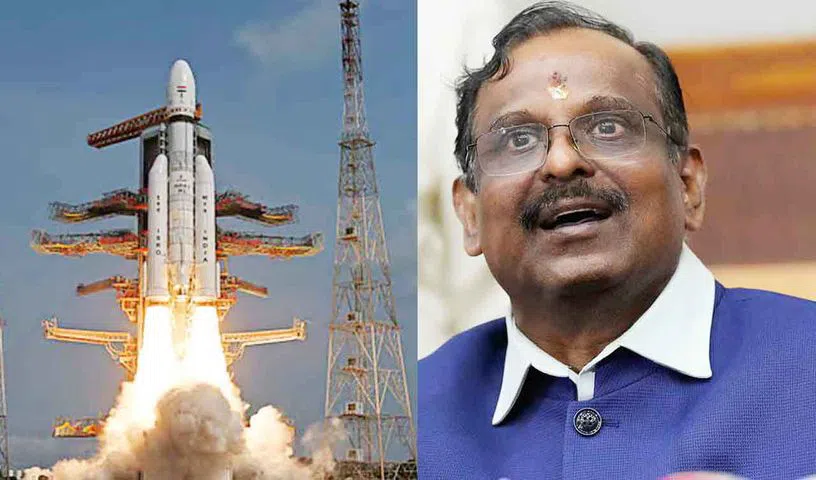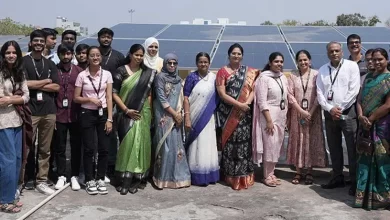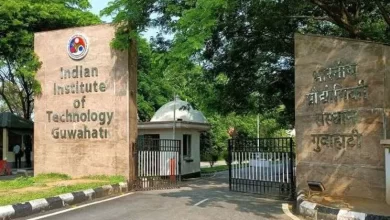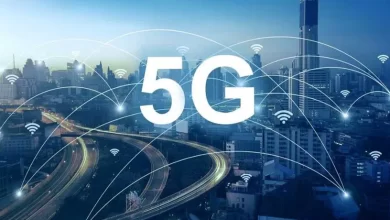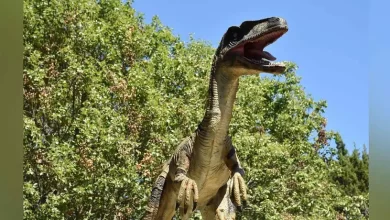After travelling for about 19 minutes in dark and cloudy skies, the rocket successfully separated its payload into the desired Geosynchronous Transfer Orbit (GTO)
Sriharikota: ISRO on Wednesday celebrated its 100th mission with the textbook launch of a navigation satellite that would aid in terrestrial, aerial and maritime navigation and precision agriculture, among others, with a GSLV rocket injecting the payload in the desired orbit.
The early morning launch was the first under ISRO Chairman V Narayanan’s leadership–he assumed office on January 16– and also the space agency’s maiden venture in 2025.
A beaming Narayanan was hugged and greeted by fellow scientists post the launch. “I am extremely happy to announce from the spaceport of ISRO, that the first launch of this year, 2025, has been successfully accomplished, with GSLV- F15 launch vehicle precisely injecting the navigation satellite NVS-02 in the intended required (GTO) orbit,” he said from the Mission Control Center. “This mission is the 100th launch from our launchpads, which is a very significant milestone of India,” the ISRO chief added.
Further, all the vehicles systems have performed as expected in today’s mission. Earlier, as the 27.30-hour countdown concluded, the 50.9 metre tall Geosynchronous Satellite Launch Vehicle (GSLV) rocket with an indigenous cryogenic upper stage, emanating thick fumes on its tail lifted off majestically from the second launch pad at a prefixed time of 6.23 am on Wednesday.
After travelling for about 19 minutes in dark and cloudy skies, the rocket successfully separated its payload into the desired Geosynchronous Transfer Orbit (GTO). The satellite is the second in the series of the Navigation with Indian Constellation (NavIC) aimed to provide accurate position, velocity and timing to users in the Indian sub-continent as well as to regions about 1,500 km beyond the Indian land mass. Its predecessor, NVS-01, the first of the second generation navigation satellites was launched on May 29, 2023.
The key applications of the NVs-02 satellite are terrestrial, aerial and maritime navigation, precision agriculture, fleet management, location based services in mobile devices, orbit determination for satellites, Internet-of-Things (IoT) based applications and emergency and timing services, ISRO said.
NavIC comprises five second-generation satellites–NVS-01/02/03/04/05 envisaged to augment NavIC base layer constellation with enhanced features for ensuring continuity of services.
The NVS-02 satellite designed and developed by Bengaluru-based U R Rao Satellite Centre weighs about 2,250 kg. It has navigation payload in L1, L5 and S bands and employs a Tri-band antenna. The heart of the navigation payload is the Rubidium Atomic Frequency Standard (RAFS), an atomic clock which acts as a stable frequency reference for the navigation payload.

